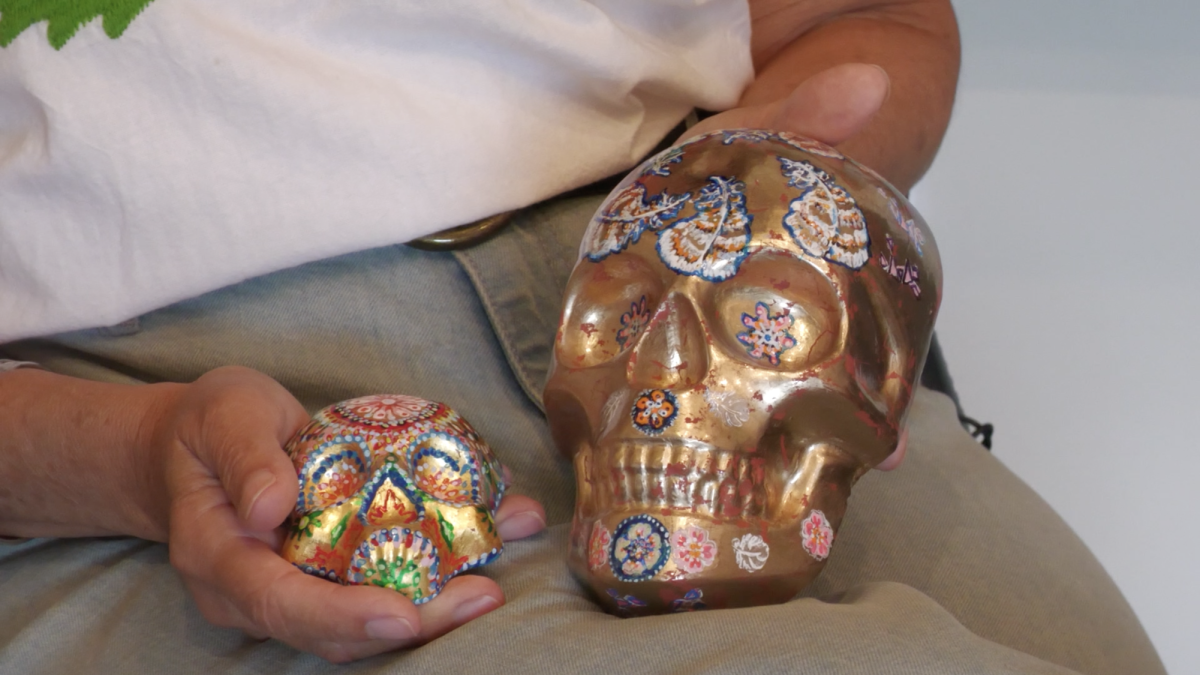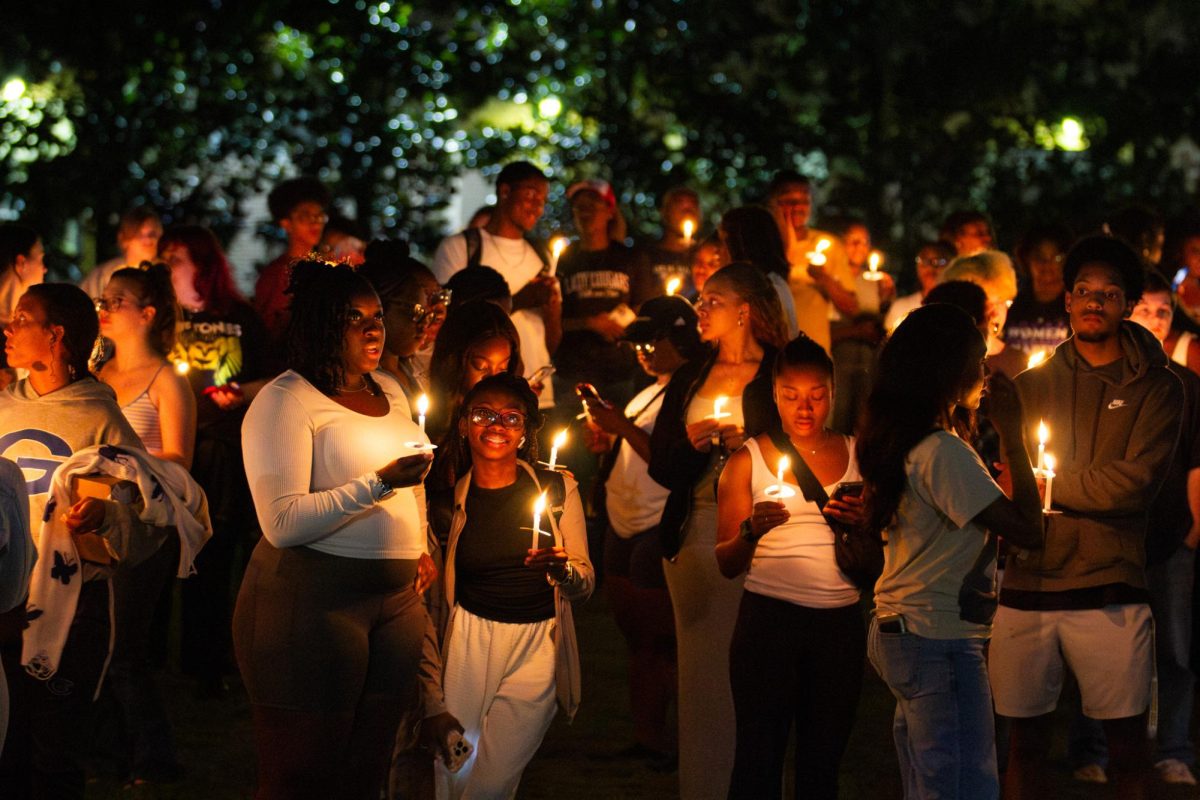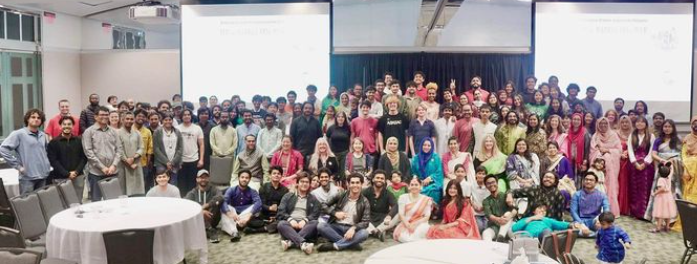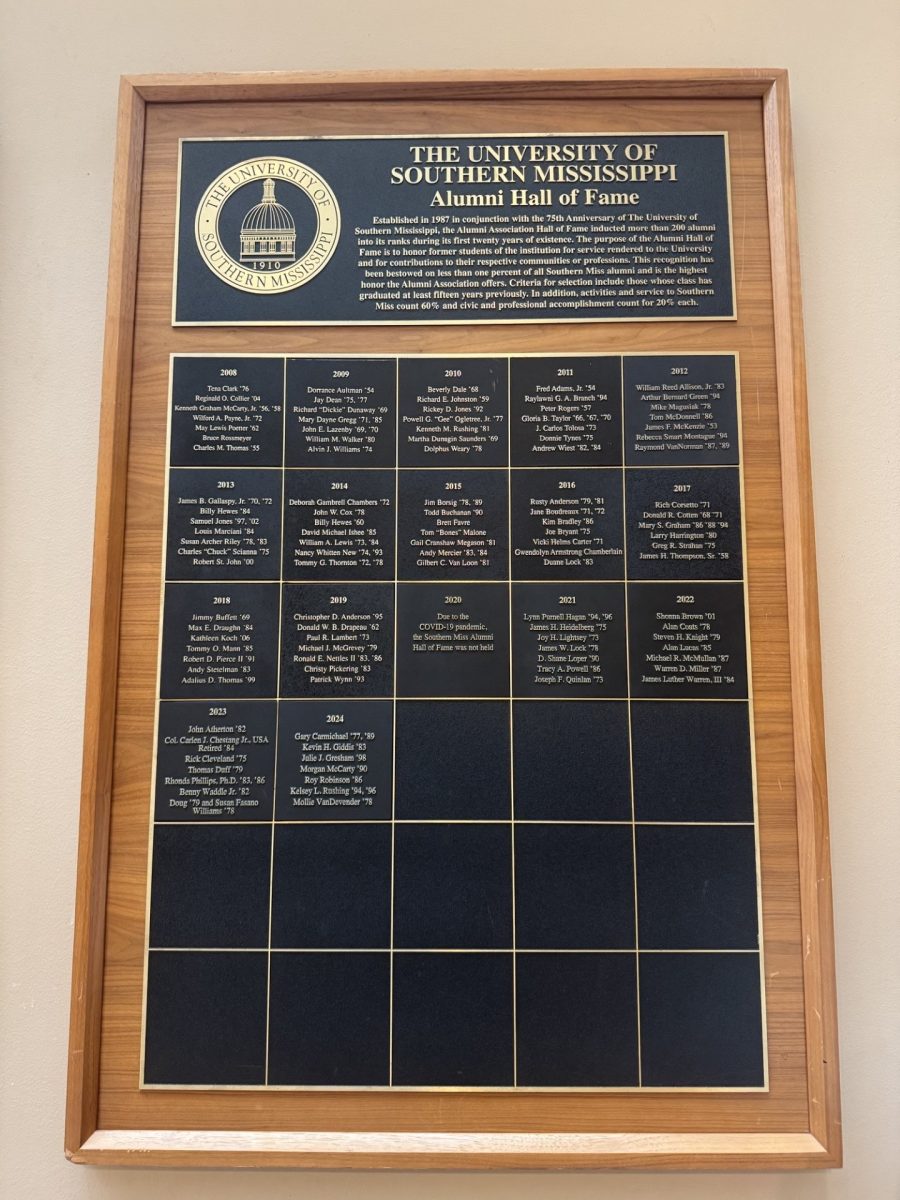The Bangladeshi Student Association and Nepalese Student Association recently celebrated the New Year on April 12th and 13th, respectively. While Bangladesh just started the year 1431 in the Bengali calendar on Apr. 14, Nepal is already in the year 2081 starting Apr. 13. Despite sharing a similar calendar and almost the same months, the Nepali calendar and the Bengali calendar were created by different people in different era.
Nepal uses the Bikram Sambat calendar, which is a lunisolar calendar. The calendar is based on the Vikram Samvat calendar which is used in many parts of South Asia. Nepal officially adopted the Bikram Sambat calendar in 1901 AD, which was 1958 BS. The calendar was adopted by the Rana Dynasty of Nepal, which ran the country from 1846 to 1951 A.D. According to some historians, Bikram Sambat started in Nepal after Bikramaditya paid off the debts of people in Kathmandu. Nepal also uses the Nepal Sambat calendar, which is a lunar calendar. Nepal Sambat calendar is currently in the year 1144.
Bangladesh uses the Bangla calendar or the Bangla Calendar, a solar calendar used in the Bengal Region of South Asia. Bikramaditya, referred to as Bikromaddito in Bangla dialects, is also credited for introducing the Bangla Calendar. However, some historians also believe that it was King Shashanka and not Bikromaddito who introduced the calendar. It is believed that the Bangla New Year collides with the beginning of the harvest season across the country. Both Nepal and Bangladesh celebrate their New Year on the first day of Baisakh, or Boisakh.
The Bengali Event was a celebration of Eid and the Bengali New Year, also referred to as Pohela Boisakh. The event started with the national anthem of Bangladesh and the United States to remember where they came from while also honoring the place they are in currently. There was then a group song that Bengali students sang along to followed by poem readings. There were also a few more performances that included singing and dancing and some group photos with everyone who attended the event were taken. There was also an awards ceremony where the students who volunteered to make the event successful were appreciated and honored.
The Nepali New Year celebration had a little different vibe to it. It was simply referred to as the Nepali Night and had a more relaxed environment compared to the Bengali celebration, which felt a little more formal. The Nepali New Year Celebration was done with live concerts and games. Traditional Nepali Food was served after the performances and then the dance floor was open to students.
Bangladeshi Student Association and Nepalese Student Association hosting two similar yet very different events reminded international students, especially South Asian international students of home in different ways. While the Bangladeshi event provided a formal and structured event that reminded international students of formal celebrations, the relaxed environment of the Nepali Night reminded them of being at home. Both formal and informal events are appreciated by international students who are far from home.




































